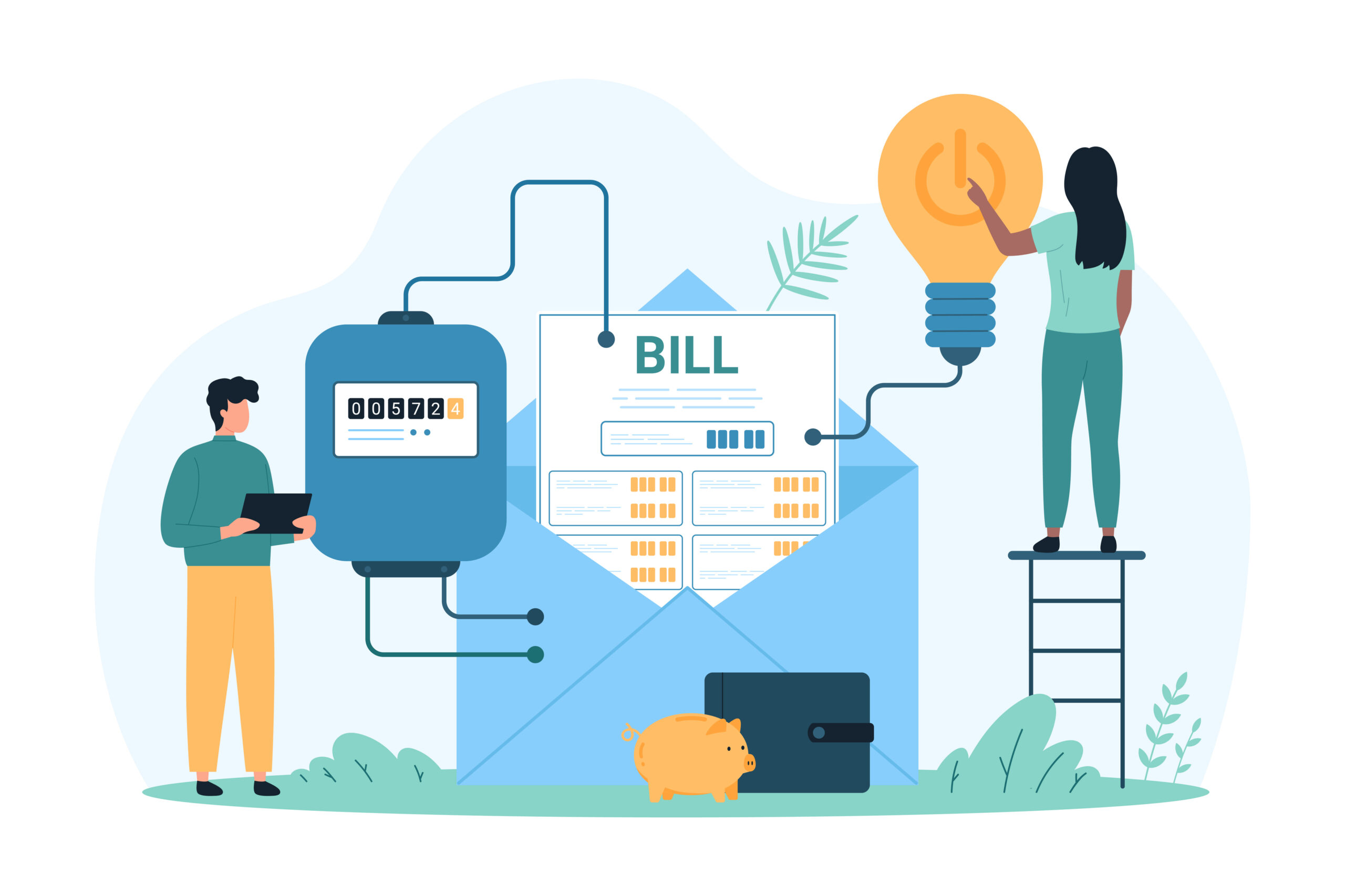In March 2025, MISO proposed updates to demand response reporting rules to mitigate potential market fraud or gaming after a filing by FERC. In this instance, MISO is looking into inaccurately filed reports that exaggerated curtailments, inflated baselines, fraudulent registrations, and audit rights. These changes are to protect utilities and ratepayers alike under MISO, and demonstrate the importance of accurate reporting and data for utility demand flexibility programs and more.
Why Reporting Matters
Data analytics and reporting are a critical part of any business for numerous reasons. Robust reporting affords greater insights into target markets, informs decision-making, provides the data needed for targeted marketing and customer outreach strategies, and reveals operational inefficiencies. While reporting specifics vary from utility to utility, according to the National Association of Regulatory Utility Commissioners (NARUC), three types of utility reporting:
- Required by law – These annual reports include financial statements, stockholder information, and management information. These reports include territorial maps and any reports on injuries or deaths.
- Required by Commission rule – This type of reporting documents power outages, including the duration and date of outage events; electric meter testing reports, consumer complaint reporting, and a breakdown of cogeneration and alternate energy producers, to cite a few examples.
- Required by Commission order – These reports are conducted by request from the commission, including inspecting accounting records, reliability/quality assurance materials, addresses of available distributed energy resources (DERs), and public safety issues.
Beyond any legal requirements or rules, utility demand flexibility reporting supports better energy outcomes for utility operations by providing actionable information. Let’s look at a few reasons that internal reporting and analytics on demand flexibility programs add both long-term and short-term value to utility operations.
Proving ROI
The success of any demand flexibility program is predicated on the number of customers enrolled and willing to participate. Because that number is subject to external pressures, including customers opting out mid-demand events, it’s hard to know the efficacy of a program until after the fact. Still, measuring variables like grid stability throughout an event; the potential intermittency of distributed energy resources (DERs) like solar, battery energy storage systems (BESS), electric vehicles (EVs) and EVSE chargers, and smart home devices like thermostats and water heaters; and aggregate cost savings are good starting points to measure the success of your demand flexibility initiatives.
Fortunately, the very same Grid-Edge distributed energy resource management system (DERMS) required to aggregate and manage devices for demand flexibility initiatives provides reporting functionality. For example, when proving return on investment value, device enrollment reports are a useful measure of potential DERs to leverage for demand flexibility programs. Likewise, event logs and details reporting can show participation rates and energy outcomes, allowing program managers to establish event baselines to measure success.
– Whitley McGovern, Sales Executive, Virtual Peaker
Once determined, utilities can then strategize on opportunities to increase enrollment and participation rates. This strategy may include various marketing strategies meant to encourage participation. Lastly, this may inform the use of Topline Demand Control, a novel combination of forecasting, AI, model predictive control, and the Shift Grid-Edge DERMS that optimizes behind-the-meter DERs at a granular level to yield predictable and reliable outcomes every time.
Regulatory
In some cases, reporting could be tied to regulatory reasons, including state-mandated demand response (DR) programs, integrated resource plans, and funding, to cite a few examples. In this event, utilities need to demonstrate resource management and customer enrollment numbers to appease state regulatory goals. You can see examples of this with legislation like the Clean Energy Transformation Act in Washington State or mandates from the California Energy Commission (CEC) requiring utilities to take signals for DR purposes from a system called MIDAS, which transmits info like price signals, carbon emissions alerts, and rates.
Wholesale cost reporting may prove useful here, in showing things like device charge and discharge rates, fluctuating market prices, real-time energy costs, and more. In tandem with event and enrollment data, this type of reporting provides the secondary benefit of informing utility energy arbitrage strategies. For example, if all real-time and historical data suggest an impending increase in energy costs or demand, utilities can purchase energy during off-peak periods of demand for use during peak demand usage.
Market Participation/Settlements
As with the MISO proposals to demand response reporting rules, when utilities participate in wholesale market ancillary services, market operators have to know if the DERs actually performed and verify that the services were delivered. In this case, market operators might request reports from the utility that bid on demand response capacity to verify device performance so that they can deliver the appropriate payout to participating utilities. Again, wholesale cost reporting and event log, and detail reports are helpful here in demonstrating overall usage.
Forecasting
Perhaps the most common use case for demand flexibility reporting is to inform long-term planning and forecasting strategies. By determining overall usage and the potential for demand flexibility initiatives to offset that aggregate demand, utilities can better forecast future energy needs. Using event day insights, utility program managers can access a granular view of device performance and overall demand flexibility success, while informing any tweaks or adjustments to overall program deployments.
Why Accuracy In Reporting Demand Flexibility Outcomes Matters Conclusion
The J.D. Power’s 2024 Electric Utility Business Customer Satisfaction Study found that overall customer satisfaction has increased as utilities have proactively worked to help customers manage energy costs. In fact, research indicates that both transparency and proactive communications are key to increasing the customer satisfaction rates that drive demand flexibility enrollment and participation, all while fostering enhanced grid resiliency and defraying high peak energy costs. Customers want transparency, while regulatory/legislative bodies require transparency; quick and efficient reporting solves for these problems.






